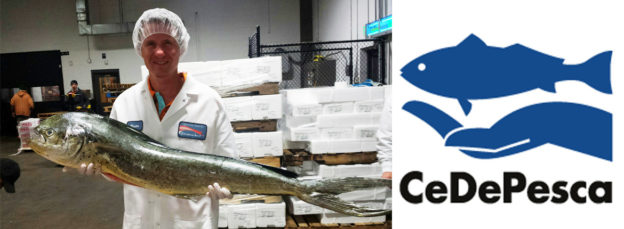Mahi mahi may be one of the most familiar seafood items on American menus today. It is approachable. Its white flesh, flaky texture and mild taste lends to an array of cooking methods and preparations that are welcomed by even the novice seafood consumer. For how popular mahi mahi is in the US and other countries, it is surprising the lack of scientific knowledge regarding the species’ stock levels, lack of catch regulation, and tracking of bycatch or non-targeted species catches. So, how much mahi is actually out there? Will we have enough? How many sea turtles and sharks (the two most frequent bycatches) are reeled in during mahi fishing?
online pharmacy buy clomiphene online best drugstore for you
Although there hasn’t been any indication that mahi mahi stock may be threatened, knowledge is power. This lack of knowledge is in large part why The Monterey Bay Aquarium’s Seafood Watch program has rated long-line caught mahi from these areas as “red” or “avoid.” “There are no coordinated international laws to reduce bycatch in the mahi mahi fishery,” according to the Seafood Watch website. These unanswered questions and lack of regulations specifically led to the birth of the Panamanian mahi mahi Fisheries Improvement Project, or FIP, at the end of 2010.
Grupo Panalang Union Inc., the most influential Panamanian mahi-mahi company, and an NGO, CeDePesca (Center for Development), teamed up to tackle this Fishery Improvement Project. Their first objective is to gather information. With the help of fishery stakeholders and scientists, the team aims to research and collect as much data as possible around the mahi mahi stock levels, their migratory patterns, and the interaction of longlines with protected, endangered, or threatened (PET) species. This data collection is a continuous effort, but the initial information has been vital in coordinating fishery management strategies throughout the Panamanian region. These efforts aren’t easy and they definitely come with a price tag, which is why this Fishery Improvement Project applied for a SeaPact grant this past year.
Despite the large number of applicants for this SeaPact Grant, the CeDePesca Mahi Mahi FIP was chosen to receive the financial assistance. The decision was made with the guidance of a number of industry organizations, including Sustainable Fisheries Partnershipand FishSource. Since most of the mahi mahi consumed in the United States is imported from this region, SeaPact found this mahi FIP to have a large impact potential. Not only is the project aimed at developing a fishery management plan, it is focused on educating and training the fishermen to get involved in this management plan. The long-term goal is to help protect and maintain the mahi fishery and secure income for these 300 fisherman and their families.
online pharmacy buy clomid online best drugstore for you
As one of the founding members of SeaPact, Seattle Fish Co. is invested in improving the Panamanian Mahi Fishery. As a natural next step in support, we are now sourcing as much of our mahi mahi from these specific fisheries. We are hoping the supply will only increase and become more readily available for our customers. As a restaurant, grocery store, or consumer you can get involved and support this project and its efforts by choosing our FIP Mahi. Contact your sales rep or Director of Purchasing Harry Mahleres for more information.

